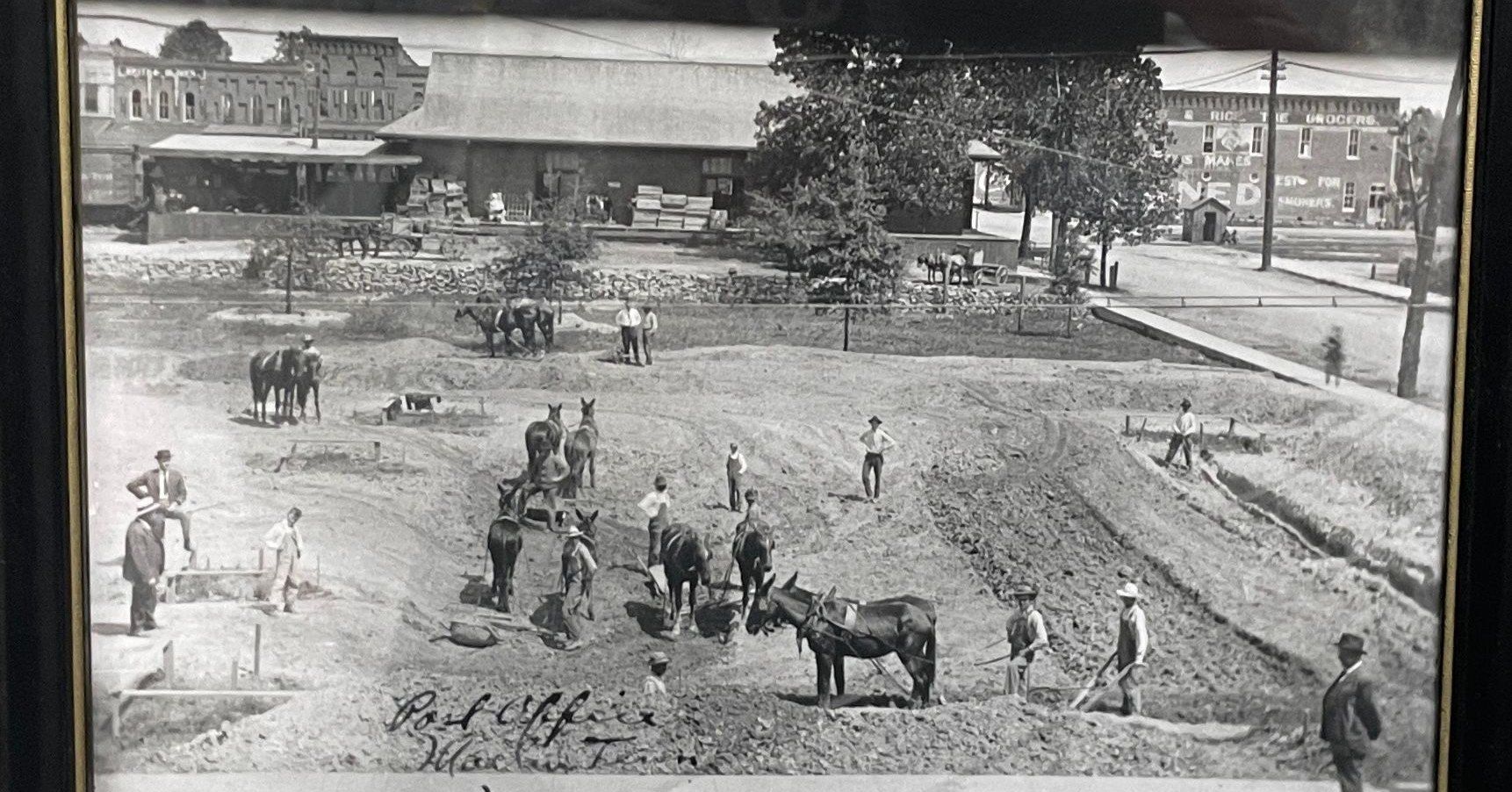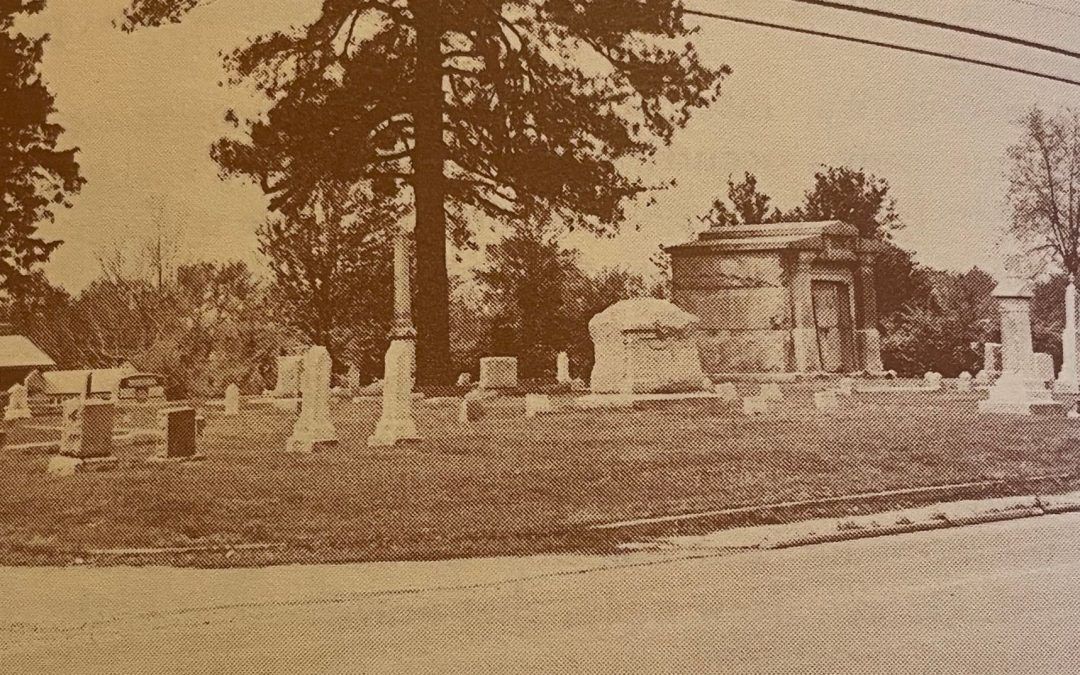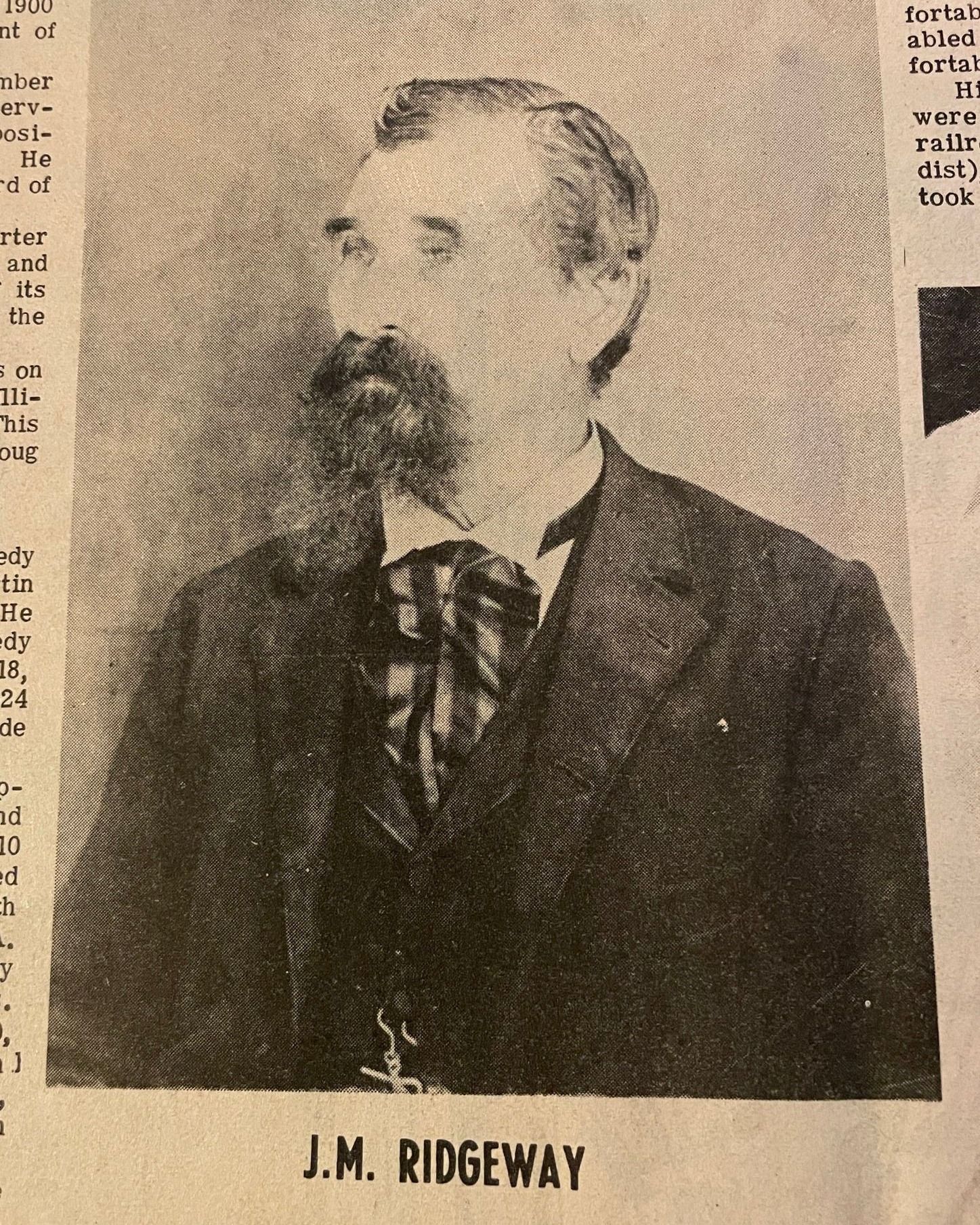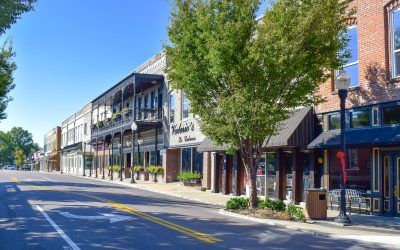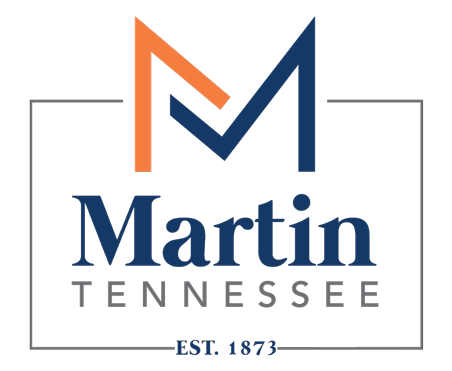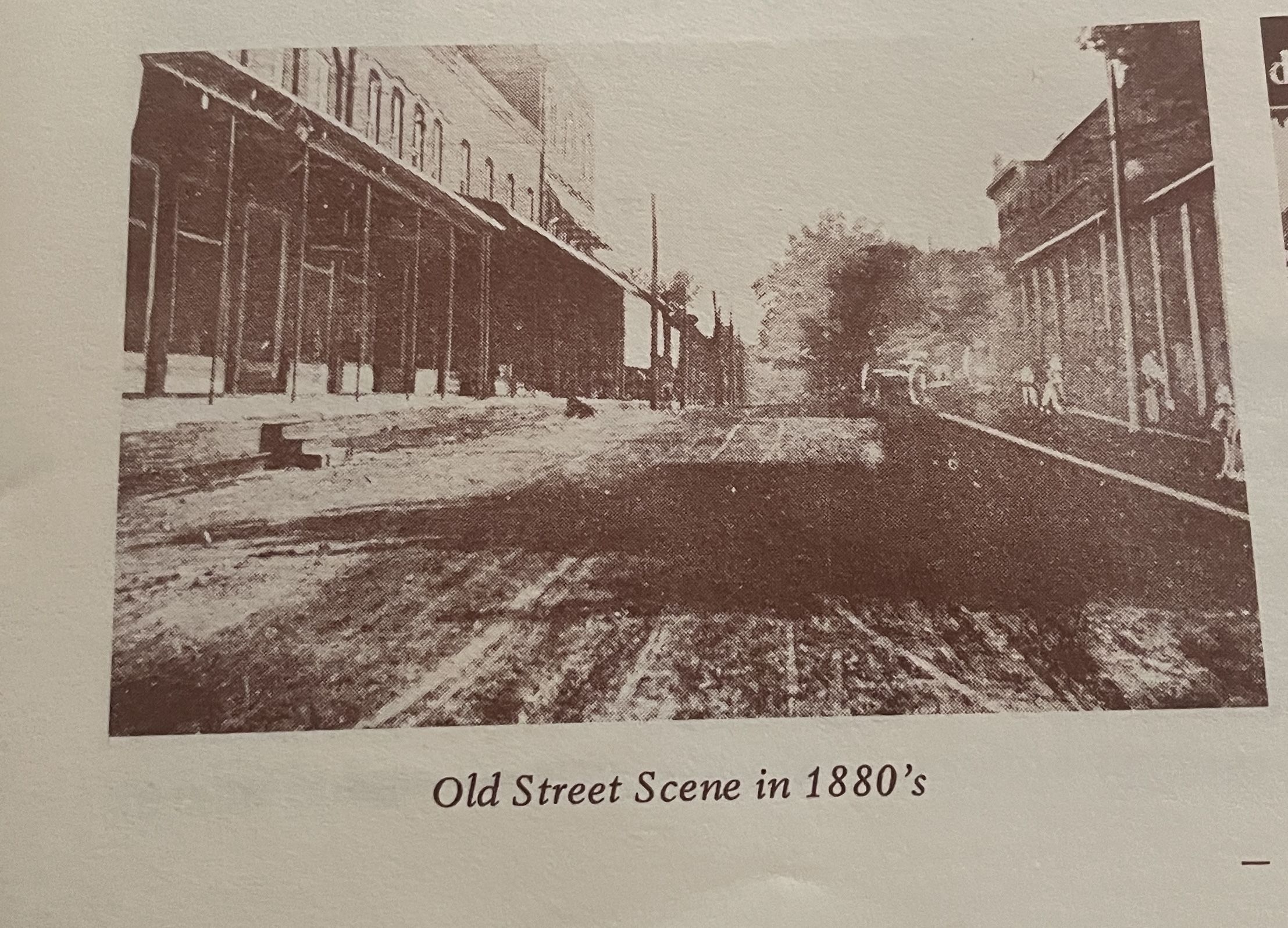
Martin’s population in 1876 was about 500 people. In 1876, the town had six dry goods stores, four groceries, two drug stores, one furniture store, three saloons, one millinery shop, one watchmaker, two marble yards, one cabinet and undertaker’s shop, two blacksmiths’ shops, one shoe, and boot shop, one saddle and harness shop, one hotel, one livery stable, one steam saw and grist mill and one steam cotton gin.
There were two schools: a primary school and the Martin Academy with three teachers and seventy-five students. Churches included Methodist, Baptist, Christian, and Cumberland Presbyterian denominations. Martin also had one Masonic and one Odd Fellows lodge, one lawyer, three preachers, express telegraph and postage facilities, and two depot buildings.
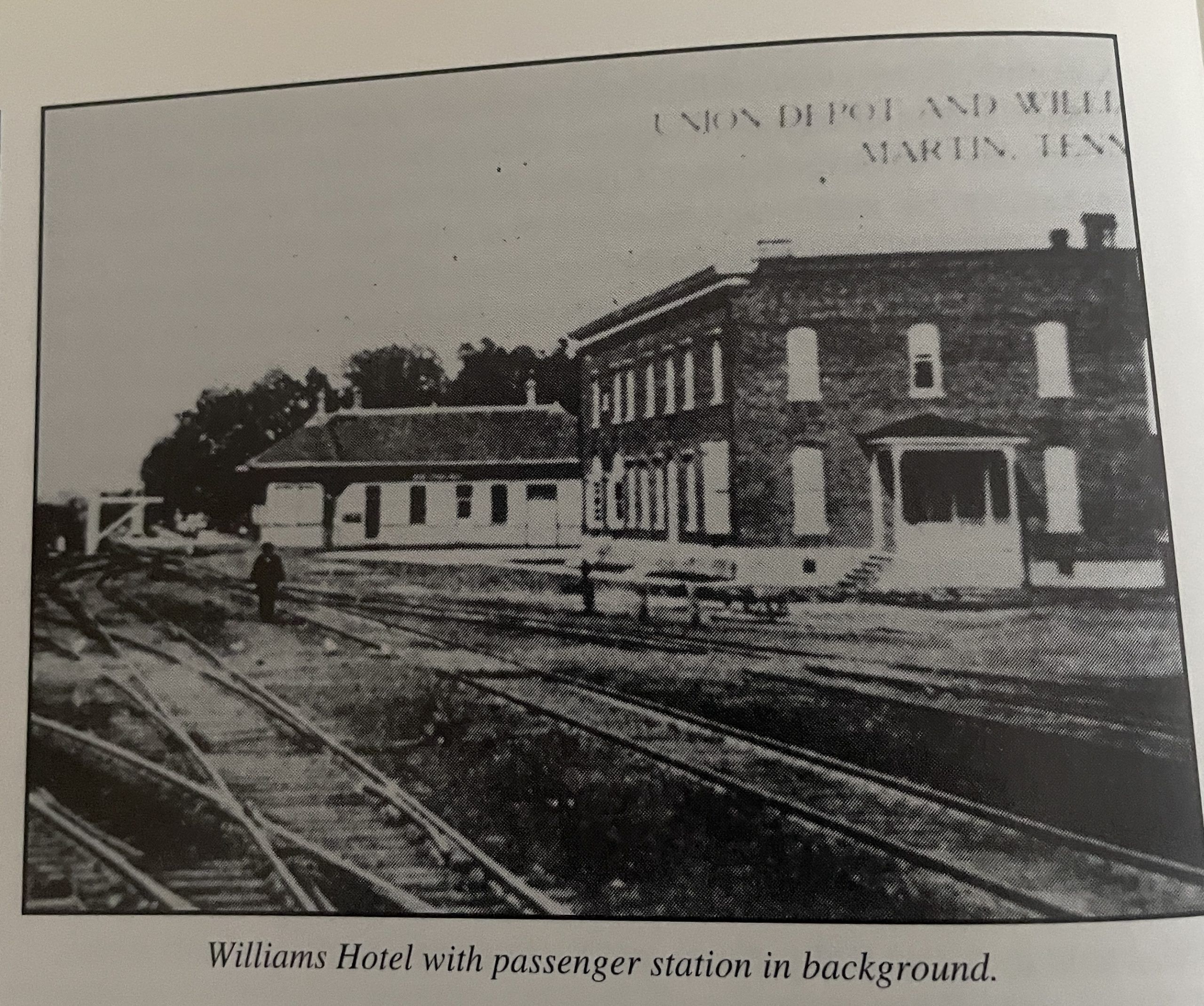
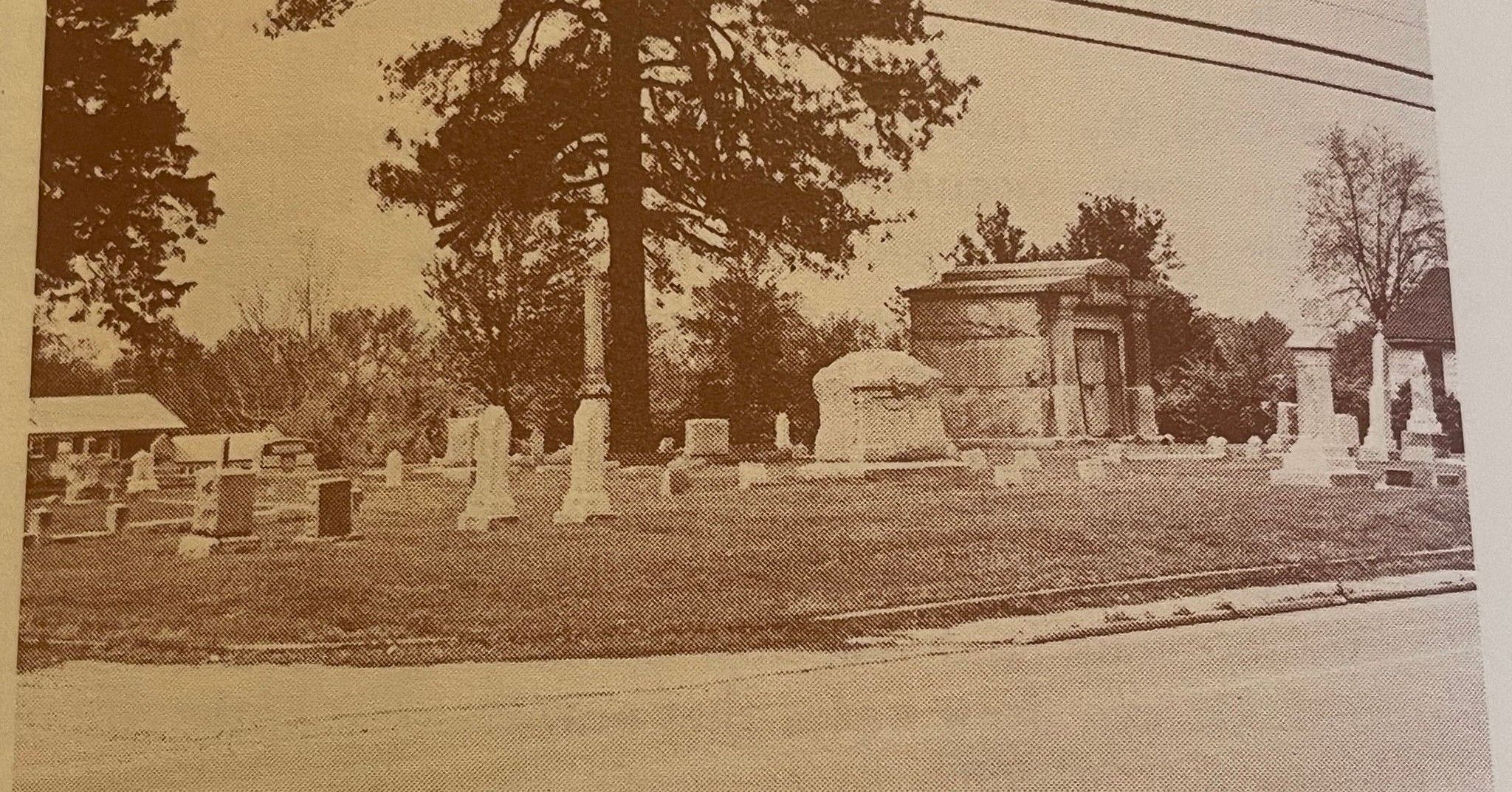
The town continued to grow in population until 1878, when yellow fever invaded Martin. It is believed that mosquitoes brought the disease in a boxcar brought to Martin to ship corn. There were four hundred cases of the disease and fifty-two deaths. The Yellow Fever Cemetery is located on the corner of Elm and Lee Streets. The epidemic halted population, but by 1883, the town had a population of 1,200, and in 1893, the population was around 2,000.
The railroad created the town, but the people are what made Martin and continue to make it the town that it is today! *Information and pictures are from the Centennial book (including an excerpt of an article written by Ronald C. Thomas, formerly of Martin), Weakley County Press Centennial Edition, and the Color Shop.
